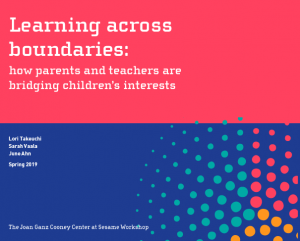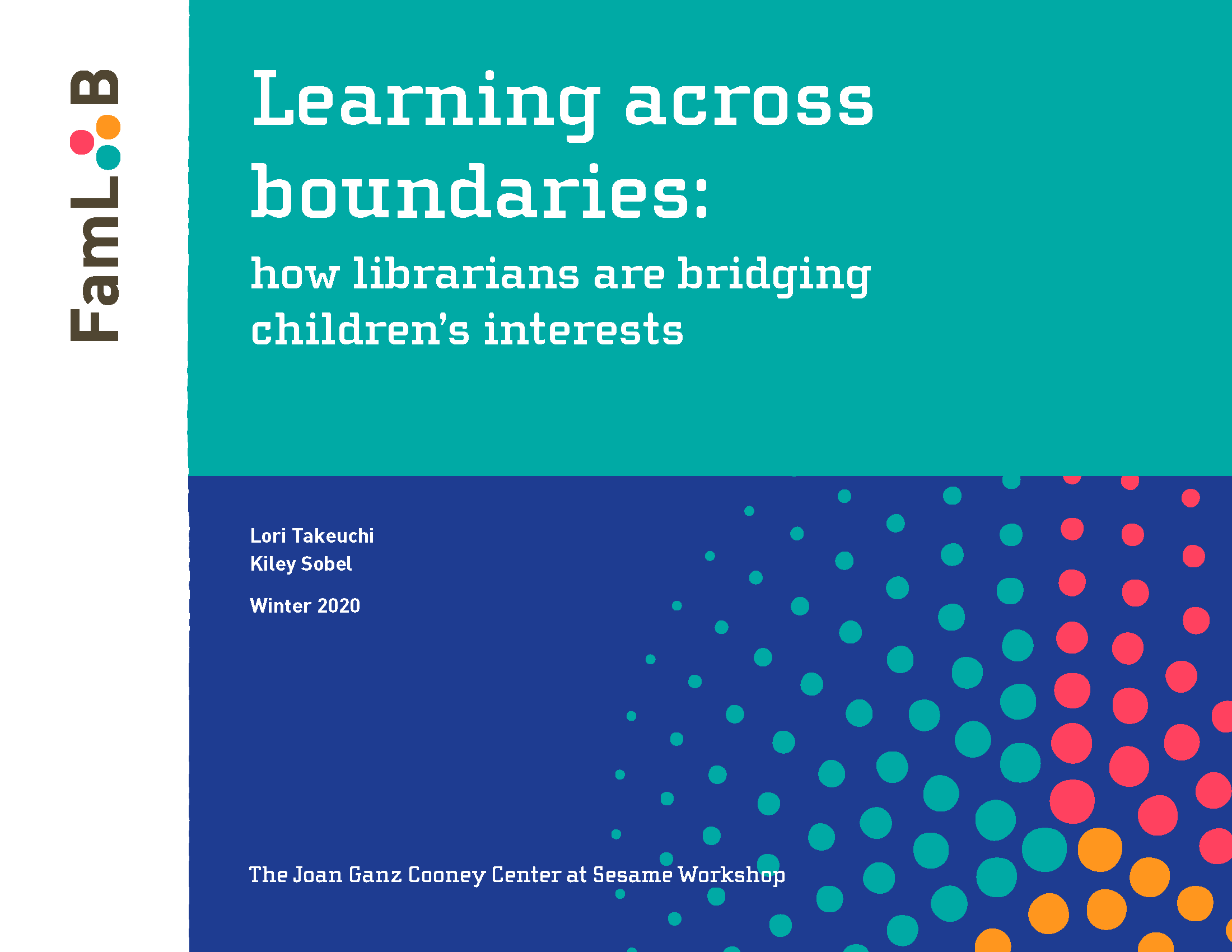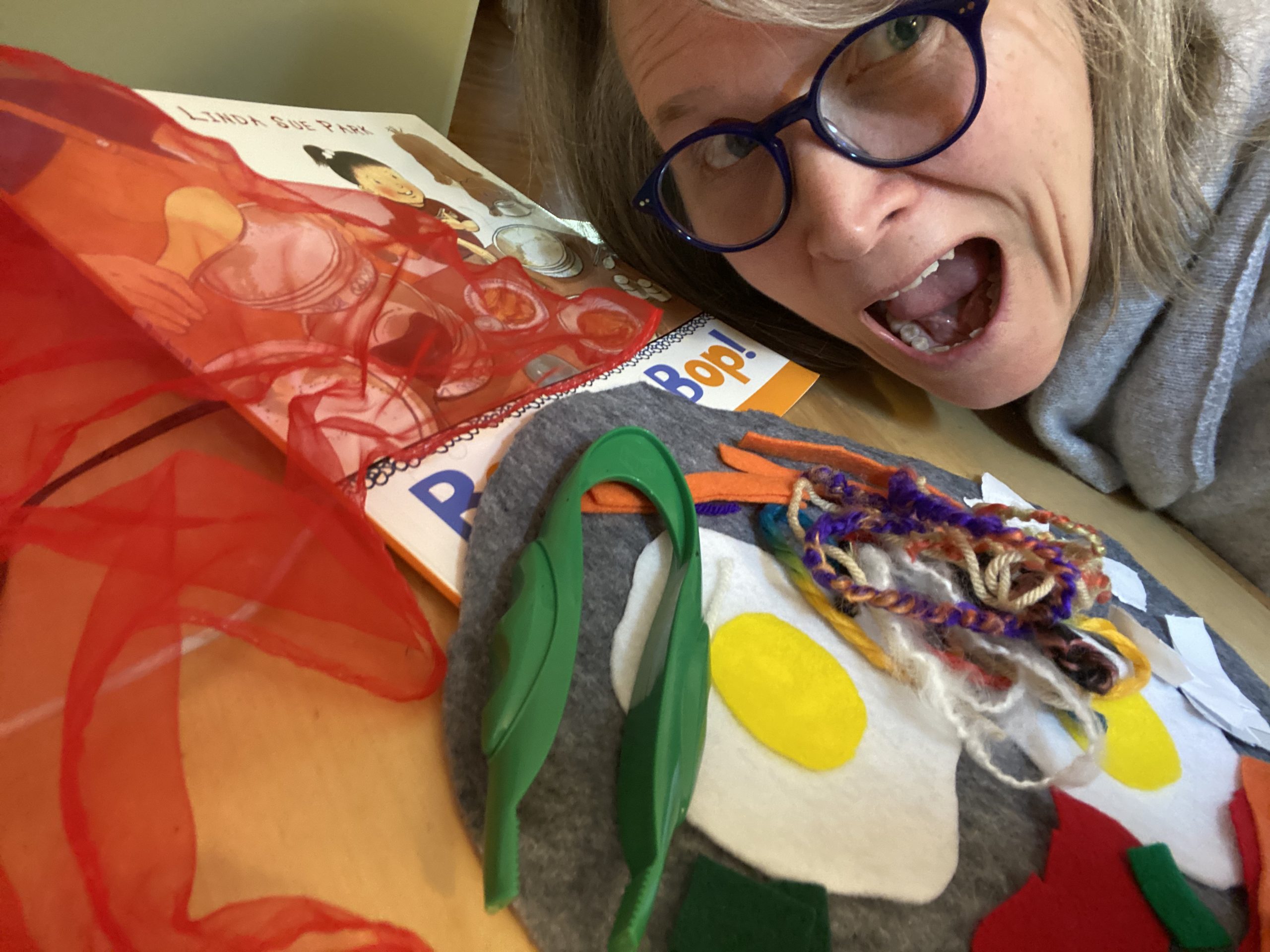
When a young person discovers something that sparks an interest, opportunities to unlock even deeper levels of learning emerge as she becomes motivated to master her knowledge about a particular subject. For younger children, however, the opportunities to connect learning beyond home and school into the community depend on the adults around them not only to help them discover and cultivate these interests, but to sign them up to participate and to provide transportation. Unfortunately, too many children do not have access to the people, resources, or time afforded by non-school settings to inspire and guide their interests.
Researchers at the Cooney Center and UC Irvine have conducted separate surveys with 1,550 U.S. parents and 600 pre-K—8 teachers to paint a more comprehensive picture of whether, to what extent, and how children ages 3-12 are linking their learning experiences across three locales of interest: home, school, and community. This research illuminates:
- Where children are learning and with whom;
- How children are using technology to extend their learning beyond a single setting;
- What roles parents and teachers are playing in bridging children’s learning across settings, and the extent to which they are working together to do so;
- Which attitudes, beliefs, and norms appear to facilitate or impede the bridging of learning across settings; and
- How all of the above might vary by income, community setting, child age, and family background.
The full report is available as a download here.




